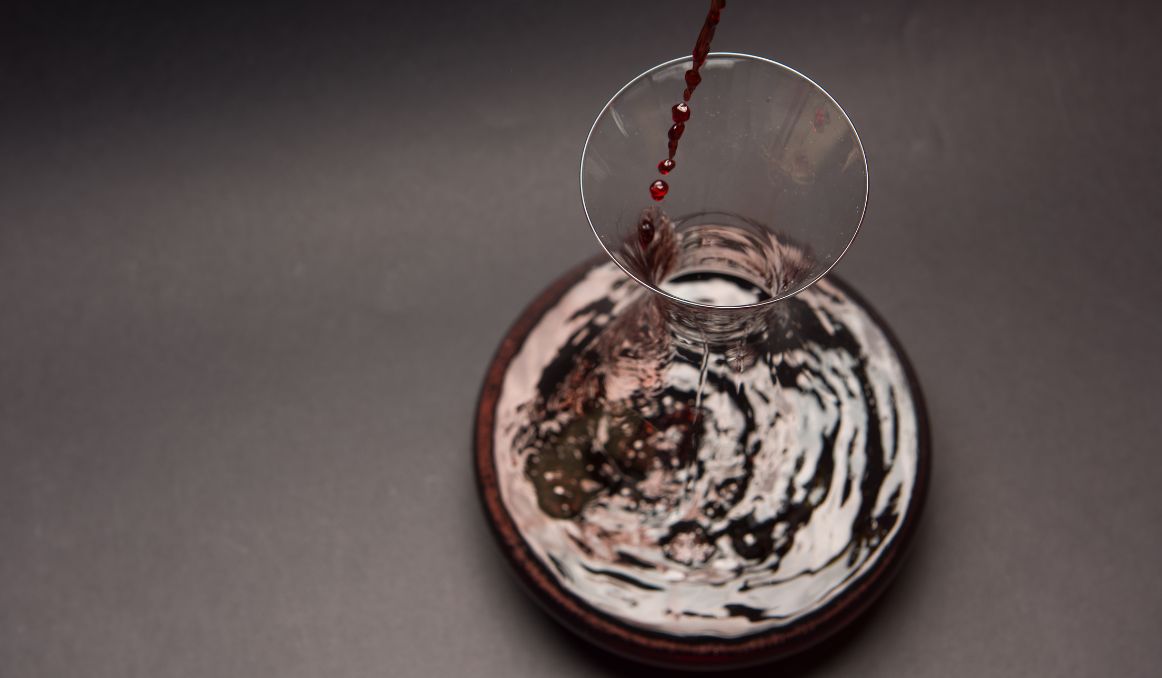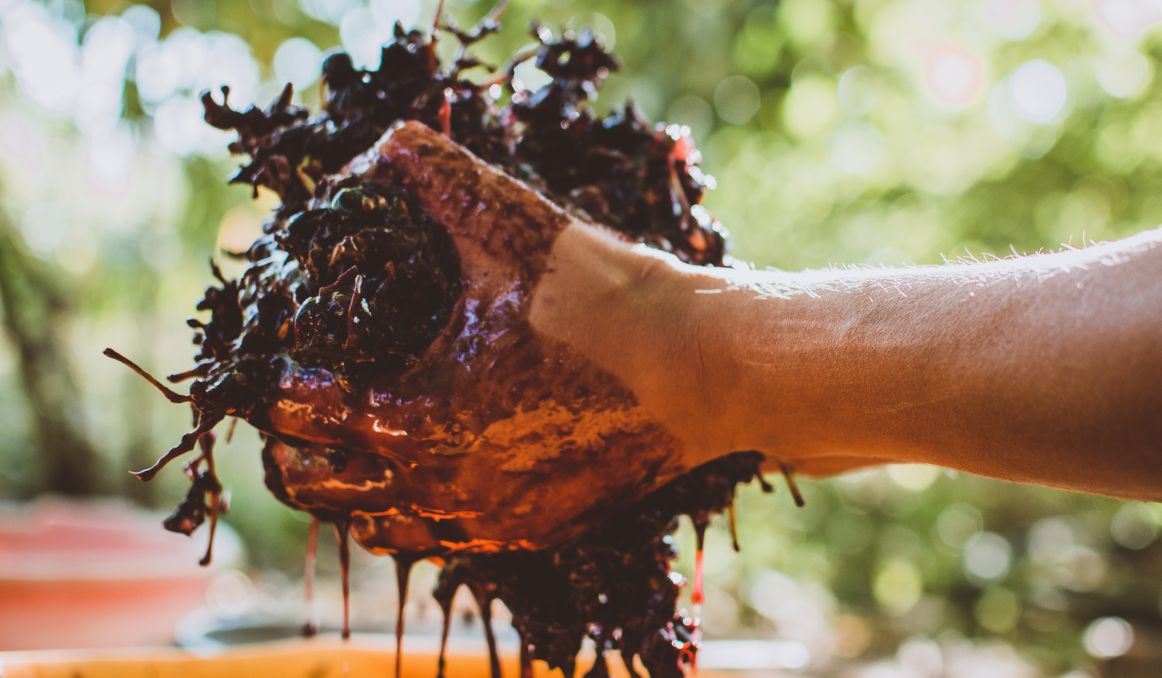How to Soften Tannins in Wine
Sometimes, you open a bottle of wine, and just has far too many tannins for you. Your mouth feels dry, you find yourself reaching for water, and your lips and tongue might even take on a reddish hue from the wine.
But you’re here now, and the wine isn’t bad. It’s just highly tannic.
What can you do to soften tannins in wine?
First, let’s talk about tannins.

What Are Tannins?
Tannins are naturally occurring polyphenols found in plants that create a drying, rubbing sensation on your tongue.
Tannins are the part of the plant that provides texture, balance, and structure to whatever dish, food, or beverage they are in.
In the case of wine, tannins come from all parts of the grape – the stems, the leaves, the seeds, and the skin. They are responsible for much of the health benefits you get in wine – the antioxidants that protect your cells against free radicals, which can help prevent cancer, heart disease, and many other health issues.
All thanks to tannins.
What Makes Highly Tannic Wine?
But still, many people do not like the bitter, astringent sensation they get in their mouth from highly tannic wines. A higher level of tannins can be due to many factors, from a specific type of grape to how long the grape sediment was left to sit in the must before being filtered out.
In general, red wines are more tannic than white or rose wines because the grape skins are typically left on during the winemaking process.
Also, grapes with thicker skins will tend to add more tannins to the wines they make.
Furthermore, some wine makers add tannins to their wines in order to better preserve it, which is actually not usually necessary as the tannins already existing in the wines should do just fine to preserve it.
With enough practice, a wine lover will be able to detect a higher level of tannins in wine just by smelling the wine, even before it touches your tongue. But once you do taste it, if you feel like your mouth immediately goes dry, especially on the middle of your tongue, you know your wine is high in tannins.
Why Would You Want to Soften Tannins in Wine
Tannins can really come down to a matter of taste. Some people love highly tannic wines in the same way they love strong black coffee or super dark chocolate. The bitterness truly is an acquired taste.
For others, they seek the flavors that exist beyond the tannins, and feel like tannins block that level of enjoyment they get from a great glass of wine. So they hope to soften the tannins.
Fortunately, when it comes to those with a tannin intolerance, the percentage of the population with a true allergy to tannins is very small, less than 1% by most accounts. This is good news as a tannin allergy can lead to headaches and nausea upon consumption.
Most people who suspect they may have a tannin intolerance are typically simply suffering from dehydration due to the alcohol in their system and can ameliorate their symptoms by drinking one glass of water per glass of wine and/or by adding Vitamin C to their diets on days they drink wine.
How to Soften Tannins in Wine

For wine makers, if you are seeking to soften tannins in your wine, choose lighter color grapes with thinner skins.
White and roses tend to have fewer tannins.
Also, avoid adding extra tannins for preservation purposes.
However, once the job is done, and you have a highly tannic wine, there still exist measures you can take to soften the tannins in wine and therefore enjoy the flavors and aromas of the wine more.
Wait
The first thing you can do is simply wait to open your wine.
Aged wine will mellow out significantly over time, so if you have the option, stash your highly tannic bottles away for a few months, or even up to a year, and then give it another chance.
You will likely be pleasantly surprised by the change your wine undergoes after aging.
Aerate
But most people don’t buy wine to stash it in their cellars, of course. So if you simply cannot wait, then you can aerate.
Exposing your wine to the air will break up a lot of those tannins in a matter of minutes.
However, you cannot simply open the bottle and let it sit. You must expose all of the wine to the air, so you will have to either pour out four glasses of wine and then let them sit, or pour your wine into a decanter, which will expose all the wine to the air and then let it sit in a wide base vessel that further aerates it.
And finally, you can invest in a wine aerator, which you can attach to your bottle so it can expose all of the wine in the bottle to the air without having to decant it.
Add Some Fat
And in addition to aging and aerating, you can always add some fat.
Wine and cheese have been paired for millennia for a reason.
The fat in nuts, meats, and cheeses adds moisture back into the dryness provided by highly tannic wines, so be sure to serve your wine with a charcuterie board high in a wide variety of naturally fatty foods like prosciutto and goat cheese, olives and almonds.
In the end, you will have to play around with what works for you in terms of softening the tannins in your wines. But rest assured that, when all else fails, if it is a good wine, it may simply be a matter of developing a taste for the drier side of red wines.
You can always build up your tolerance with a nice gourmet dark chocolate.
Cheers!
Passionate about the wine and/or beer making process? So are we! If you’re interested in finding out how you can use our technology to control fermentation and monitor your yeast, save work hours and improve the cost-efficiency of your business, drop us a line at [email protected] or check out our product pages:
- Oculyze BB 2.0 (Better Brewing) Yeast Cell Counter App + Hardware
- Oculyze FW (Fermentation Wine) Yeast Cell Counter App + Hardware
Also, you can now get access to a fully functional demo account to test your yeast via our Web App. Completely free of charge and with no commitment to purchase.


